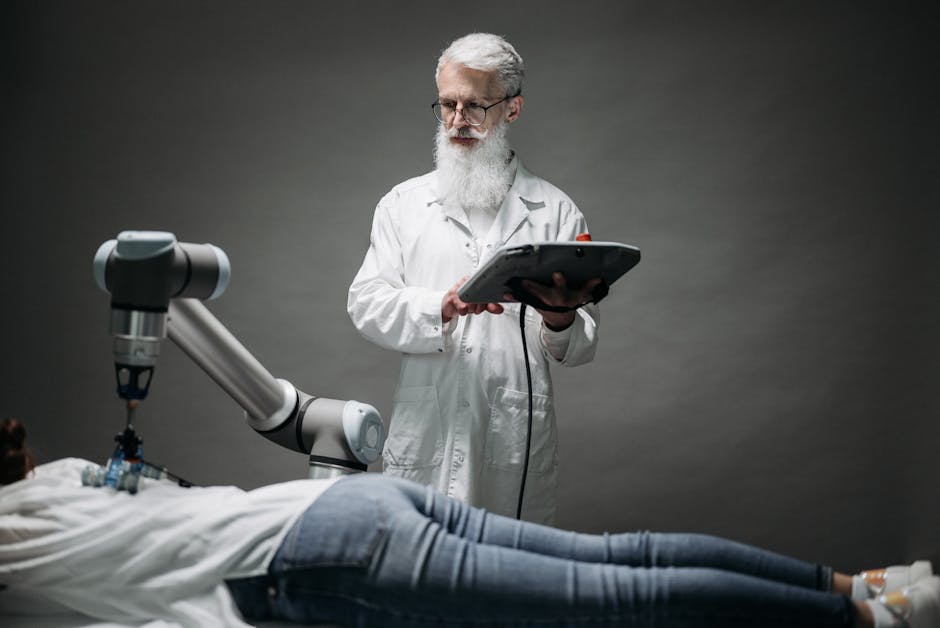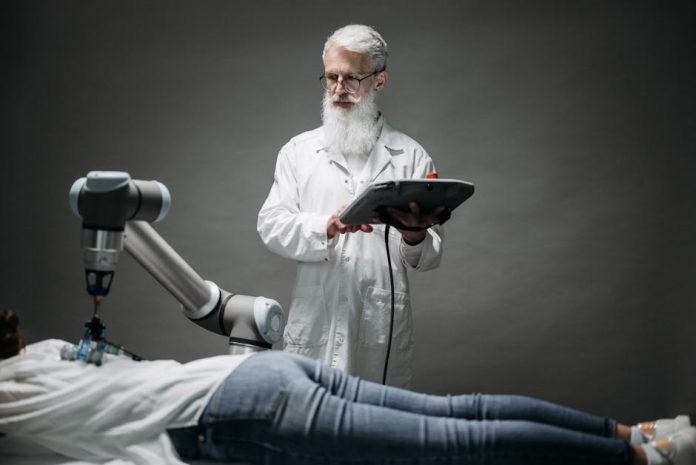
Imagine a future where diagnosing one of the most challenging neurological disorders could be as simple as analyzing a tiny piece of earwax. Sound like science fiction? Not anymore. A groundbreaking new study has revealed that Artificial Intelligence (AI) can detect Parkinson’s disease with an astounding 94% accuracy, simply by ‘sniffing’ the unique chemical compounds present in earwax.
For decades, Parkinson’s disease has been notoriously difficult to diagnose, especially in its early stages. Diagnosis often relies on observing motor symptoms, by which point significant neurodegeneration may have already occurred. This new research, however, turns conventional diagnostic methods on their head, leveraging the power of AI to identify subtle biomarkers previously hidden in plain sight.
The secret lies in volatile organic compounds (VOCs). These airborne molecules are released by our bodies and carry unique ‘scent signatures’ that can indicate disease. Researchers discovered that earwax, a stable and easily accessible bodily fluid, is a rich reservoir for these VOCs. By training sophisticated AI algorithms to recognize specific patterns in these compounds, the system was able to differentiate between individuals with Parkinson’s and healthy controls with remarkable accuracy.
Why is this a game-changer? Firstly, the method is completely non-invasive, removing the need for painful or complex procedures. Secondly, and critically, its high accuracy rate of 94% offers the potential for early detection. Early diagnosis means earlier intervention, which could significantly slow disease progression and improve the quality of life for millions affected by Parkinson’s worldwide.
This pioneering approach could revolutionize how we screen for and diagnose neurodegenerative diseases. It opens doors to developing simple, cost-effective, and widespread screening tools that could be deployed in clinics or even at home. While still in its research phase, the implications are immense, offering a beacon of hope for a future where Parkinson’s is no longer a silent, undetected threat until its later stages.
The study underscores the incredible potential of AI to unlock medical mysteries hidden within our own bodies, transforming everyday biological samples like earwax into powerful diagnostic tools. This isn’t just a scientific curiosity; it’s a monumental leap towards a healthier, more predictable future for neurological health.

